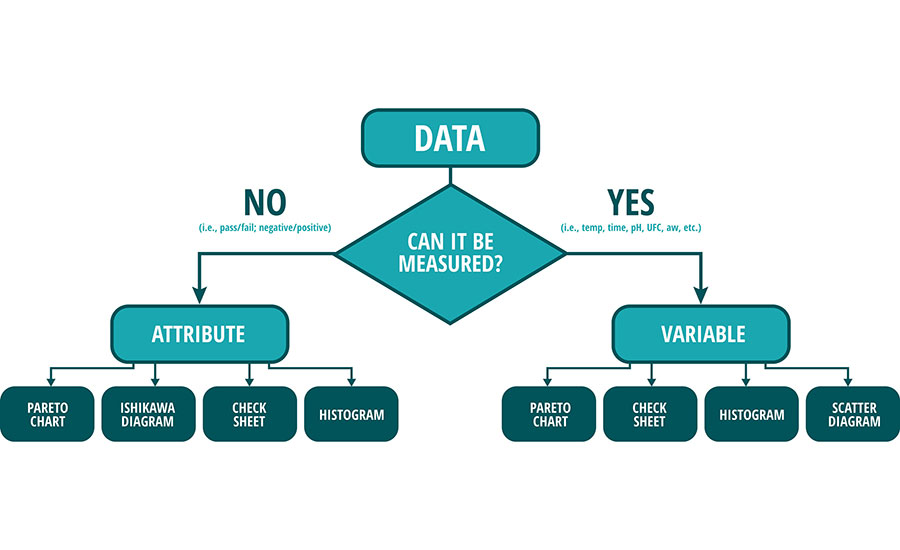Best Practices for Using Food Quality Assurance Software in Manufacturing

In the competitive landscape of food manufacturing, maintaining the highest standards of food quality is crucial. Ensuring that products meet safety and quality requirements not only protects consumers but also enhances brand reputation and compliance with regulations. Food Quality Assurance Software (FQAS) has become a vital tool for manufacturers to achieve these goals. This article explores the best practices for using Food Quality Assurance Software in manufacturing to optimize processes, ensure compliance, and deliver high-quality products consistently.
Understanding Food Quality Assurance Software
Food Quality Assurance Software is designed to help food manufacturers manage and improve the quality and safety of their products. It integrates various quality control processes, including testing, inspection, and documentation, into a unified system. By providing real-time data and analytics, FQAS enables manufacturers to identify and address quality issues promptly, ensuring that products meet regulatory and customer standards.
Best Practices for Implementing Food Quality Assurance Software
1. Conduct a Thorough Needs Assessment
Before selecting and implementing FQAS, conduct a comprehensive needs assessment. Identify the specific quality and safety challenges your organization faces and determine which features of the software will address these issues. This assessment should involve key stakeholders from various departments, including quality control, production, and IT, to ensure that the chosen software meets the needs of the entire organization.
2. Choose the Right Software
Selecting the right Food Quality Assurance Software is crucial. Consider the following factors when making your choice:
- Functionality: Ensure that the software offers the necessary features to address your specific quality assurance needs, such as hazard analysis, critical control points (HACCP) management, and traceability.
- Scalability: Choose a solution that can grow with your business and adapt to changing requirements.
- Ease of Use: The software should be user-friendly to encourage adoption by all team members.
- Integration: Ensure that the FQAS can integrate seamlessly with your existing systems, such as ERP, supply chain management, and production software.
3. Plan for a Smooth Implementation
A well-planned implementation process is critical to the success of FQAS. Develop a detailed implementation plan that includes:
- Timeline: Set realistic timelines for each phase of the implementation, including software installation, data migration, and user training.
- Resource Allocation: Assign a dedicated team to oversee the implementation process and ensure that all necessary resources are available.
- Pilot Testing: Conduct pilot tests to identify any potential issues and make necessary adjustments before a full-scale rollout.
4. Provide Comprehensive Training
Training is essential to ensure that all users are comfortable with the new system. Provide comprehensive training sessions for all employees who will interact with the software, including quality control staff, production managers, and IT personnel. Ongoing training and support should also be available to address any questions or issues that arise after implementation.
5. Standardize Quality Control Processes
One of the key benefits of FQAS is its ability to standardize quality control processes across the organization. Develop standardized procedures for all quality assurance activities, including sampling, testing, and documentation. Ensure that these procedures are documented in the software and accessible to all relevant employees.
6. Leverage Real-Time Data and Analytics
FQAS provides real-time data and analytics that can be used to monitor and improve quality control processes. Use these insights to identify trends, pinpoint areas for improvement, and make data-driven decisions. Regularly review and analyze quality data to ensure that your processes are effective and to identify any emerging quality issues.
7. Ensure Regulatory Compliance
Compliance with food safety regulations is a critical aspect of quality assurance. Use FQAS to ensure that your organization meets all regulatory requirements, including documentation and reporting. The software can help you maintain accurate records, generate compliance reports, and track regulatory changes to ensure ongoing compliance.
8. Implement Continuous Improvement
Continuous improvement is a fundamental principle of quality assurance. Use the data and insights provided by FQAS to drive continuous improvement initiatives. Regularly review quality performance metrics, conduct root cause analyses of quality issues, and implement corrective and preventive actions to enhance product quality.
9. Enhance Traceability
Traceability is a key component of food safety and quality assurance. FQAS can help you enhance traceability by providing detailed records of all quality control activities, from raw material sourcing to finished product distribution. Use the software to track and trace products throughout the supply chain, enabling you to quickly identify and address any quality or safety issues.
10. Foster a Culture of Quality
Finally, fostering a culture of quality within your organization is essential for the success of FQAS. Encourage all employees to take ownership of quality and safety and promote open communication about quality issues and improvement opportunities. Recognize and reward employees who contribute to quality improvement efforts and ensure that quality is a core value in all aspects of your operations.
Future Trends in Food Quality Assurance Software
As technology continues to evolve, so will food quality assurance software. Here are some future trends to watch for:
1. Artificial Intelligence and Machine Learning
AI and machine learning are expected to play a significant role in the future of FQAS. These technologies can be used to analyze large volumes of quality control data, identify patterns, and predict potential quality issues. By leveraging AI and machine learning, manufacturers can improve the accuracy and efficiency of their quality assurance processes.
2. Internet of Things (IoT) Integration
IoT devices are increasingly being used in food manufacturing to monitor and control various processes. The integration of IoT with FQAS can provide real-time data on production conditions, such as temperature and humidity, and enable manufacturers to make data-driven decisions to ensure product quality.
3. Blockchain Technology
Blockchain technology offers a secure and transparent way to track and trace products throughout the supply chain. The integration of blockchain with FQAS can enhance traceability, improve data accuracy, and ensure the authenticity of quality control records.
4. Cloud-Based Solutions
Cloud-based FQAS solutions offer greater flexibility and scalability compared to traditional on-premise systems. These solutions enable manufacturers to access quality control data from anywhere, collaborate with stakeholders, and scale their operations as needed.
Conclusion
Food Quality Assurance Software is an essential tool for food manufacturers to ensure the safety and quality of their products. By following best practices for implementing and using FQAS, manufacturers can optimize their quality control processes, ensure regulatory compliance, and deliver high-quality products consistently. As technology continues to evolve, the future of FQAS holds exciting possibilities for further improving food quality and safety in the manufacturing industry.





